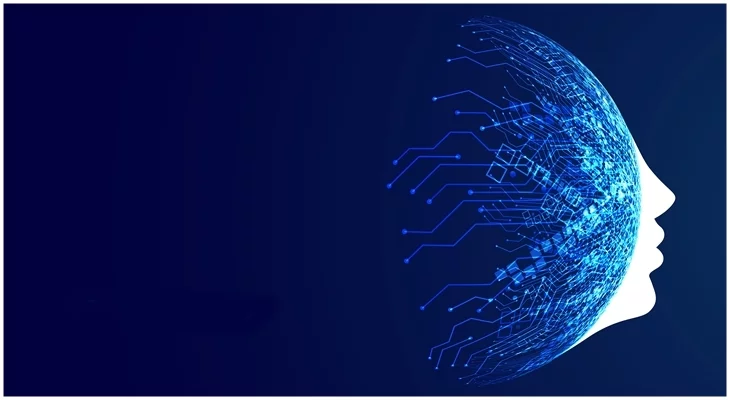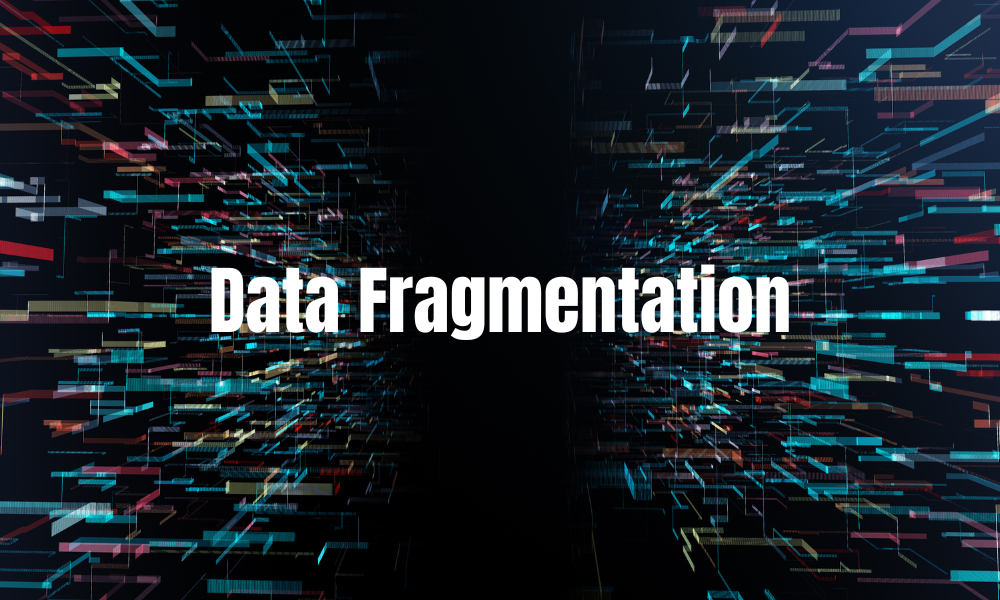What Is A Deep Learning Framework?
A deep learning framework is a software package. It is used by researchers and data scientists. It helps them design and train deep learning models. These frameworks allow people to train their models without bothering with the algorithms.
These frameworks help to design, train and validate models. They do so through a high-level programming interface. Some deep learning frameworks use GPU accelerated libraries. PyTorch, TensorFlow, MXNet, use GPU accelerated libraries. Libraries such as cuDNN and NCCL deploy multiple high-performance GPUs for accelerated training.
Why Use A Deep Learning Framework?
Deep learning frameworks provide available libraries to define layers. They also have pre-defined network types and common model architectures. They support computer vision applications like Image processing, language, and natural language They have familiar interfaces. Also, they have common programming languages such as Python, C, C ++, and Scala
Many frameworks are accelerated for deep learning training by NVIDIA deep learning libraries.
How To Choose The Right Framework
Assess Your Needs
While searching for a framework, ask these questions:
- Are you using the deep learning framework or classic machine learning algorithms?
- What is your preferred programming language for developing AI models?
- Which hardware, software, and cloud services are used for scaling?
Parameter Optimization
Machine learning algorithms use various methods. They analyze training data and apply what has been learned to new examples.
Also, algorithms have parameters. These are like a circuit board with switches and knobs. They also control how the algorithm works. This also includes the option of adapting the machine learning algorithms to your requirements.
TensorFlow runs on both CPU and GPU. The biggest challenge with TensorFlow is that it is not easy to use for beginners.
Training and Scaling Implementation
There are different requirements in the training and implementation phase. Users tend to develop models in one type of environment.
When choosing a framework, one must also consider whether it supports both types of scalability. Also, you should check whether it supports planned development and production environments.
Top 10 Deep Learning Frameworks
TensorFlow
TensorFlow was created by Google and published as an open-source project. It is a versatile and powerful tool. It also has a comprehensive library of extensive and flexible functionality. TensorFlow also enables you to build classification models, regression models, neural networks. It is helpful in most other types of machine learning models.
It also includes the ability to customize machine learning algorithms to meet your specific needs. TensorFlow runs on both CPU and GPU. Also, the biggest challenge with TensorFlow is that it is not easy to use for beginners.
Features
- TensorFlow allows the visualization of every part of the calculation process of an algorithm
- It is highly modular and can use its components without having to use the entire framework.
- TensorFlow provides robust support for distributed training on the CPU and GPU.
- It offers pipelines that allow you to train multiple neural networks and multiple GPUs in parallel. This makes it very efficient in large distributed systems.
PyTorch
PyTorch is a Torch and Caffe2-based framework. It is ideal for neural network design. PyTorch is open source. It also supports cloud-based software development. It supports the Lua language for user interface development. It's built into Python. It is also compatible with popular libraries like Numba and Cython.
Features
- It supports easy execution and increased flexibility through the use of native Python code.
- Easy to switch from development mode to graphics mode. This also helps in high performance and faster development in C ++ runtime environments.
- Uses asynchronous execution and peer communication. This also improves performance in both model training and production environments.
- Provides an end-to-end workflow. This also allows to develop models in Python and deploy them to iOS and Android.
SciKit Learn
SciKit Learn is open source. It is also very easy to use for newcomers to machine learning. SciKit Learn consists of multiple documents. It allows the developer to change the preset parameters of the algorithm either during use or at runtime. This also makes it easy to fine-tune and troubleshoot models.
Moreover, SciKit Learn supports machine learning development with an extensive Python library. It's one of the best data mining and analysis tools available. It also has extensive preprocessing functions.
Features
- It supports most supervised learning algorithms
- SciKit Learn also supports unsupervised learning algorithms
- It extracts extractable text and image features. It also tests the accuracy of models on new, invisible data.
- SciKit also allows the user to combine predictions from multiple models and group data without labels.
H2O
H2O is an open-source framework. It integrates with other frameworks to handle real-world model development and training. H2O is widely used in risk and fraud trend analysis, insurance customer analysis, etc. Healthcare patient analysis, advertising expense and ROI, and customer intelligence are also where it is applied.
Domino
Domino's environment management capabilities make it easy to choose the right framework. You can easily create environments and also run them on the best computing source, be it CPU, GPU, or APU.
Features
- Version Control recalls previous versions of an environment.
- Choose your own GUI IDE includes any GUI-based HTML browser for use within Domino
- Easily share your environment with other data scientists for flexibility. You can also instantly share code and environments with your colleagues.
Keras
Francois Chollet developed the original version. Keras is also one of the fastest-growing deep learning framework packages. It has more than 350,000 users with 700 contributors in the open-source.
Keras supports the high-level neural network API written in Python. What makes Keras interesting is that it runs on TensorFlow, Theano, and CNTK.
Features
- It is easy to use. It also has simple APIs and provides a clear review in case of a user error.
- Offers modularity as a sequence or diagram and can also be combined with as few restrictions as possible.
- Easy to expand as new modules can be easily added.
Deeplearning4j (DL4J)
Deeplearning4j is written in Java, Scala, C ++, C, CUDA. DL4J also supports various neural networks. It supports CNN, RNN, and LSTM.
DL4J, in 2017, got integrated with Hadoop and Apache Spark.
Chainer
Chainer was developed by PreferredNetworks in cooperation with IBM, Intel, Microsoft, and Nvidia. It is written in Python. Chainer runs on the Numpy and CuPy libraries. It also offers advanced libraries, such as Chainer MN, Chainer RL, Chainer CV, etc.
Microsoft CNTK
Microsoft Research has developed CNTK. It is a deep learning framework that builds an artificial neural network. CNTK supports interfaces such as Python and C ++. It also helps in handwriting, speech recognition, and face recognition.
Features
- CNTK is designed for speed and efficiency. It also works well in production with GPUs but has limited community support.
- It also supports RNN and CNN-like neural models.
MXNet
Apache MXNet is a deep learning library. It was created by the Apache Software Foundation. MXNet supports many different languages. It is compatible with various cloud providers such as AWS and Microsoft Azure. Amazon also selected MXNet as the best deep learning framework for AWS.
Features
- MXNet supports multiple languages including Python, Scala, and Julia.
- It also offers multi-GPU and distributed training.
- MXNet offers implementation flexibility. This allows exporting a neural network into different languages.
Conclusion
It's pretty obvious that the advent of deep learning has spawned many practical use cases for machine learning and artificial intelligence in general through deep learning.
If you are a beginner in deep learning, Keras is probably the best framework to start with.
If you are a researcher looking to build heavily on custom architectures, it might be better to choose PyTorch instead of TensorFlow/Keras.
To choose the right framework, you also need to understand the requirements of your project. The above-provided information will be of some help in doing the same.
You may also like to read:
Machine Learning Trends in Data Analytics and Artificial Intelligence
Challenges Faced By Human-Machine Collaboration





